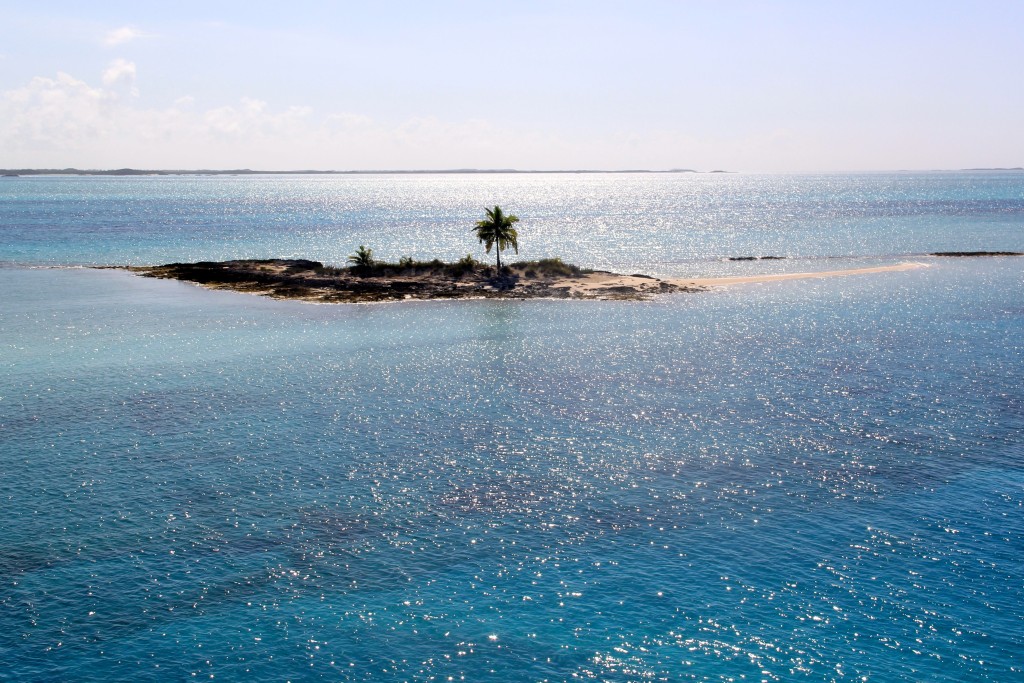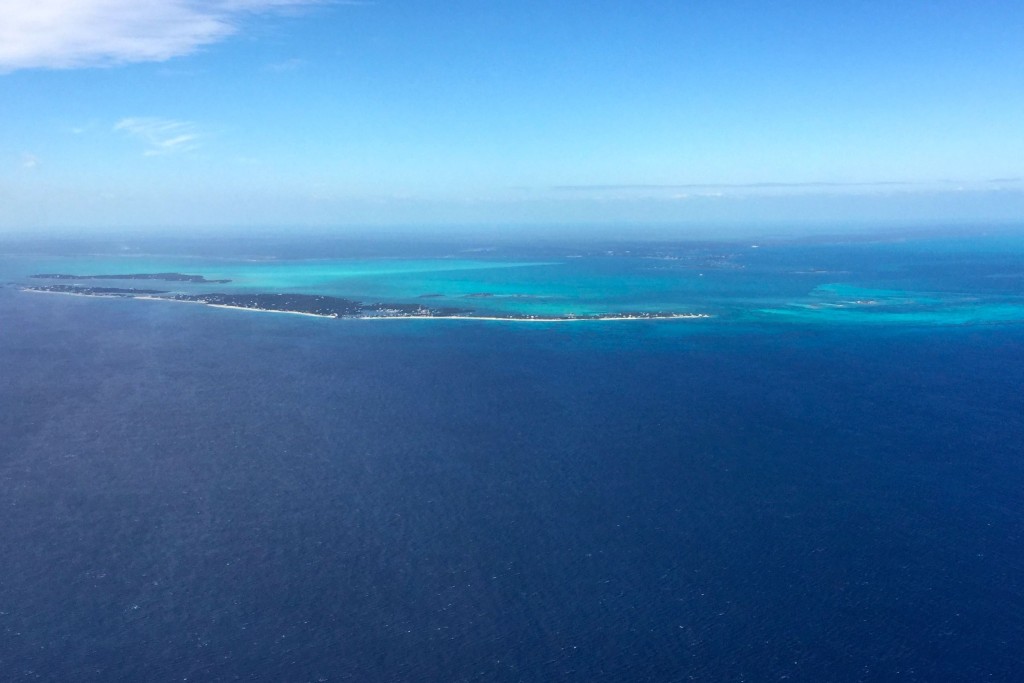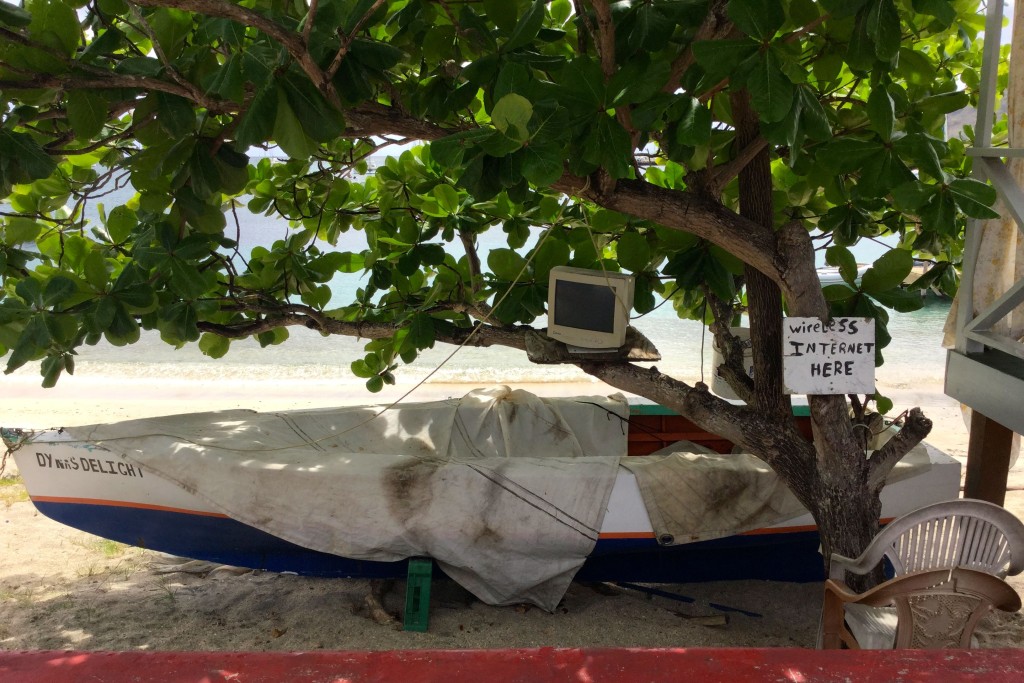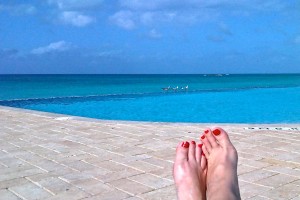Cartagena, Colombia – September 2016
As a young girl I dreamt of owning an entire lake with an island in it; I planned to live on the island and canoe to shore only when absolutely necessary. As an overworked corporate lawyer I scoured the webpage privateislandsonline.com looking for my future home. For twelve years I lived on the island of Manhattan in New York, for one year I lived on the island of Honshu in Japan, and for the last two years we’ve been living on the islands of the Caribbean. I like to believe that the grown-up manifestation of my little-girl dream is slightly less anti-social and definitely more practical than an island inhabited by one. But the hard truth is that islands are isolated and insular; islanders are rooted and separated; and it’s always hard to leave.

Only on an island is true isolation possible. When an exit over land is possible, when putting one foot in front of the other can get you back to socialization, isolation is easily shed. But when there is a sizable moat around your island, then and only then is isolation possible. There is an island off the coast of India inhabited by an estimated fifty to one hundred people, who have no contact with the outside world. Any approaching boat or plane will be shooed away with arrows. Even today, when the rest of the world is reaching out and clinging tightly over the internet, these islanders are truly isolated, insular.
Islanders rarely leave their island. The hurdles to travel are often too great; mainland is a plane or boat ride away and may seem like an entirely foreign land. A Grenadian friend told us that, to get to the United States, he would have to fly to Barbados, stay in a hotel for a few days processing his US tourist visa, and then fly to the United States, potentially with a layover in Trinidad or Puerto Rico. The fact that Manhattan was an island was never more salient for me than after Hurricane Sandy, when my only feasible exit from the city after being evacuated from my apartment was a bike ride over the bridge to Brooklyn. Remaining rooted on the island is understandable in the face of those kinds of hurdles. In isolation, islanders may believe there is no better place to be than their island. (In our experience, on a lot of Caribbean islands, they’re right.)

Why would you ever leave? Island time is slower. Everything is a little simpler, a little slower; you learn not to rush. Everything is shipped in to islands, and delivery boats are rarely on time or fully stocked, so even minor errands (say five screws, as was often the case in Grenada) take multiple trips to multiple stores on opposite ends of the island. Islands are rural and hilly, so roads meander and weave and climb and switchback, taking several times longer to get from point to point. In the tropical islands, it’s hot and there’s no air conditioning, so everyone moves a pace or two slower to prevent overheating. It took this New Yorker an island or two of adjustment, but I can now sit very patiently awaiting service that may or may not be forthcoming. Have a beer, wait a while, go for a swim, try again tomorrow. At the very worst, you’re going to have to enjoy this paradise a little longer than planned.

Luckily, islanders are friendlier. Everyone knows everyone (on the smaller islands), so every social interaction is meaningful. Every transaction at the farmers’ market, bar or chandlery involves friendly small talk; each passing elicits a greeting. Crime is fettered, both because of lack of opportunity and prevalence of deterrents. When an errant crime does occur (say an iPhone is stolen, as occurred to some fellow cruisers in Bequia), the island’s matriarch or patriarch easily finds out who the culprit was and holds them accountable. It’s hard to leave, when you’re made to feel that welcome and protected.

I am an island girl – an island-hopping girl for now, but I’m pretty sure I’ll never return permanently to mainland. (Jason is reading through emails right now trying to find some agreement by me to return to mainland someday. He really misses reliable internet and Amazon Prime.) We’ve just reached mainland with the Blue Moon for the first time since New York in November 2014 – Cartagena, Colombia. We’re excited to explore mainland South America by land – maybe a bus trip into the mountains, definitely a trip up to Bogota – but my eyes are already wandering off to the islands down the Colombian shore.
Island ho!

Brita, you are such a fabulous writer.
After reading this chapter, I was right with my very first impression of you. You are,indeed, a mermaid‼️
??L
Thanks Linda! Feeling a bit like a mermaid out of water, as we can’t swim in the Cartagena water. But the book continues to progress 200 words a day. :)
Would a true island have a bridge or multiple bridges to the mainland? Manhattan comes to mind.
Indeed.
Does that mean that a “true” island can or can’t have bridge(s) to its mainlands, in your opinion?
E.g., I think of Dauphin Island as a “true” island. Also, Key West, Longboat Key. But Manhattan Island – No, too many bridges.
A true island can have a bridge.
Hope you get to the San Blas Islands after Colombia-many uninhabited, some with a few people and others with a native culture living on the back of the island and visitors on the front side. I don’t know how much Nalunega has grown, but avoiding it for the 3 hours the cruise ship is there and hanging out with the natives and the visitors is a treat.